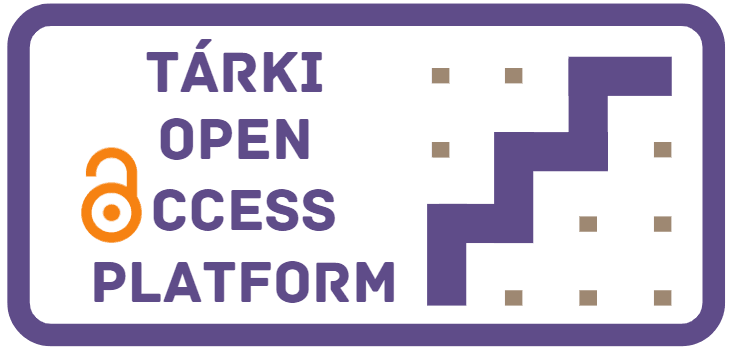Employment and poverty trends in the countries of the European Union and Hungary
letöltésGábos, András; Tóth, István György
Employment and poverty trends in the countries of the European Union and Hungary
Since 2010, increasing employment and reducing poverty have been jointly included among the European Union’s strategic objectives. The EU 2020 Strategy, the Union’s comprehensive plan for fostering smart, sustainable, and inclusive growth between 2010 and 2020, aimed to raise the employment rate of people aged 20–64 to 75% by 2020 and to reduce the number of people living in poverty or social exclusion by 20 million compared to the 2008 level (116 million). At the Porto Social Summit, EU leaders raised the employment target for the 2030 strategic period to 78%, while setting a goal to reduce the number of people living in poverty or social exclusion (91 million, including 17.9 million children) by 15 million, of whom 5 million would be children, compared to 2019 levels (European Commission, 2021).
During the 2010–2020 period, neither the employment nor the social target was fully met at the EU level. The employment rate fell slightly short of the target (73% instead of 75%), while the shortfall in achieving the social goal was more significant. In this study, we examine the relationship between employment and poverty trends in a cross-country comparison.
First, we analyze the trends related to the employment and social objectives of the EU 2020 Strategy within its reference period (2008–2020) (Chapter 2). Then, we explore the interaction between these two indicators at both the EU and member state levels using data from 2005 to 2020 (Chapter 3). The study concludes with an assessment from a Hungarian perspective (Chapter 4) and a summary (Chapter 5).
Our analysis is based on cross-sectional and country-level comparative data primarily from the Eurostat database, specifically from the European Labour Force Survey (EU-LFS) on labor markets and the European Statistics on Income and Living Conditions (EU-SILC) on household incomes and living conditions. Some of the results presented in the text are available in the Appendix, while others can be found in the Online Supplement. To reflect the composition of the EU for the majority of the strategic period, our analysis includes all 28 member states, including Croatia and the United Kingdom.
